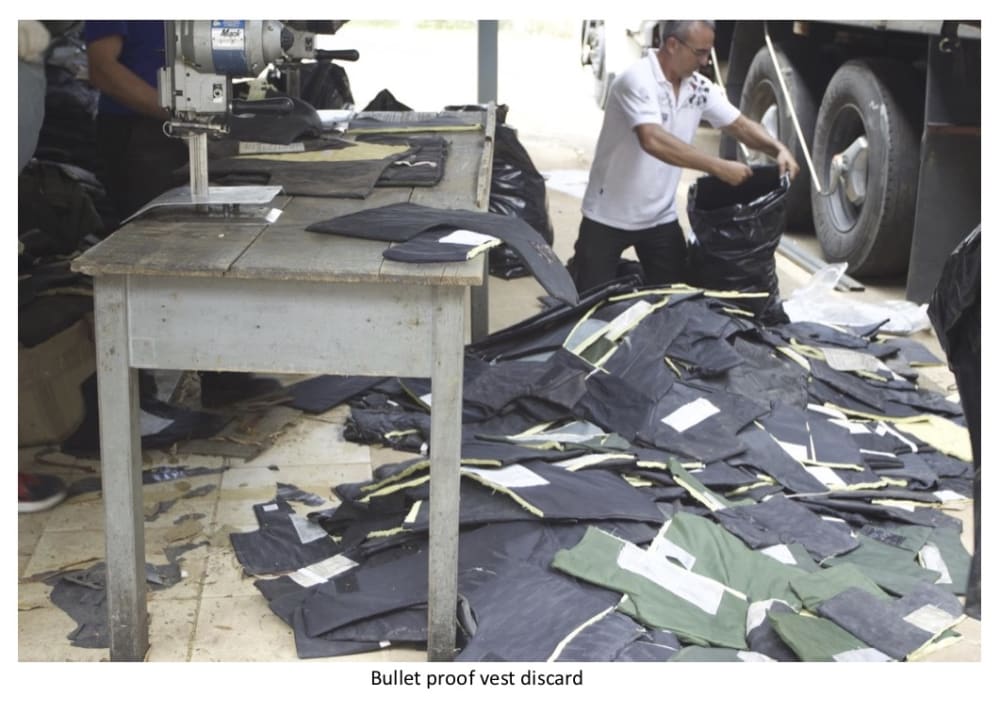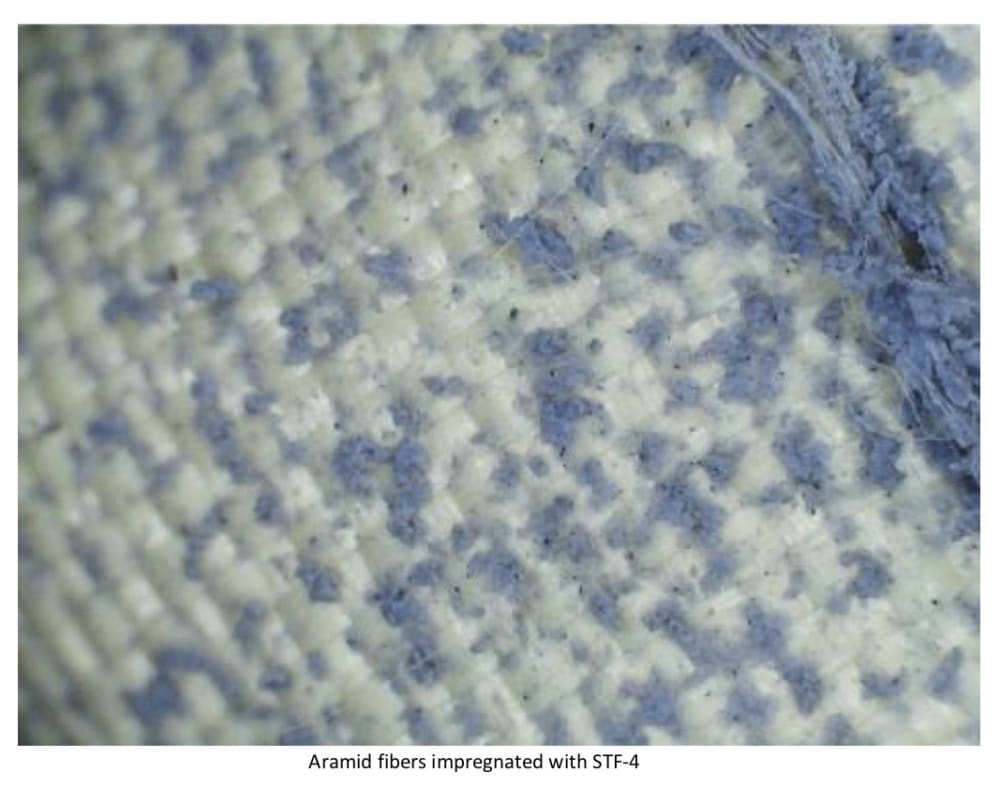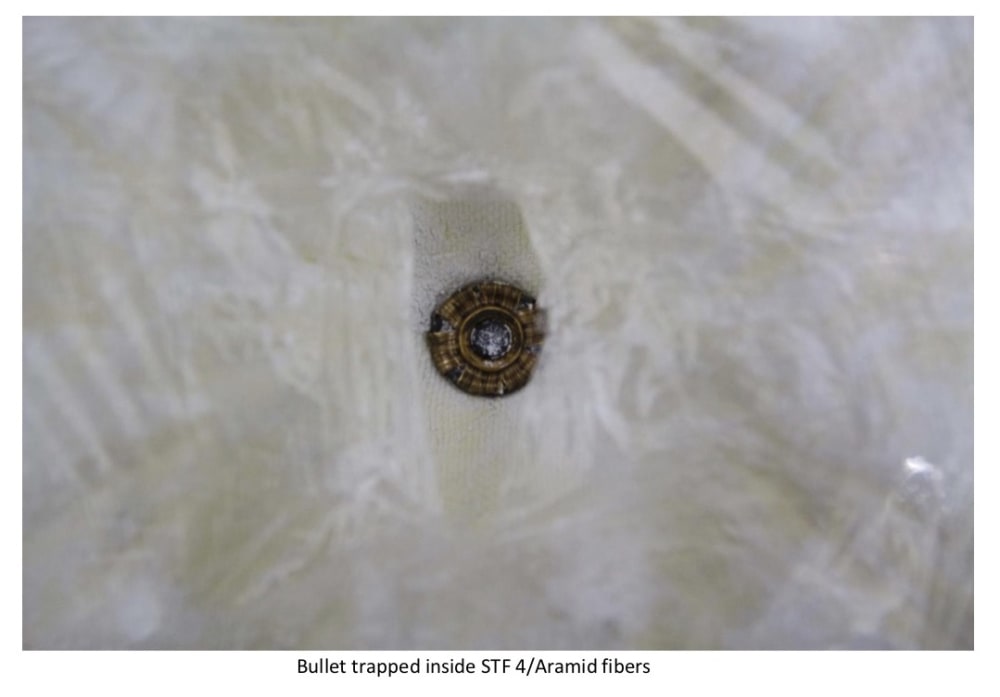Aramid fibers are very effective for ballistic protection systems, particularly bullet proof vests. When aramid fibers are compared to steel, on an equal-weight basis, its strength is five times higher than steel. Due to natural degradation and security issues, these bullet proof vests must be replaced by new ones every five years. Note that weakened aramid fibers can be riskier than safe. Unfortunately, these fibers are difficult to destroy and they are not biodegradable. By considering military and security forces, e.g. Army, Police Departments and State Police, the number of bullet proof vests discarded, in the US only, annually can be estimated in millions. The cost to destroy such bullet proof vests, due to security issues (these vests cannot be in wrong hands) is impacting the budget of different states, cities and even the federal government. The environment issue is another “big problem.” Aramid fibers waste recycling process is costly and although some companies brag that their aramid fibers are 100% recycled, the secondary waste products applied in such recycling process are also not environmentally friendly. Yes, “Houston, we have a problem!”
We need to “buy time” to find a definite solution for such problem. An idea is to extend the bullet proof vests to reduce the aramid fiber waste, at least transitory. However, the ballistic protection must be kept at the same level. To achieve this goal, the aramid fibers strength must be restored. As aramid fibers cannot be rebuilt, the idea of introducing a new material among these fibers gained more attention since the 1990’s. Complex formulations based on the concept of Non-Newtonian Fluid, a fluid that under high strain-rate behaves like a solid were developed. Unfortunately, two major problems were unveiled, how to infiltrate such fluid inside the aramid fibers and its cost.
The proposed solution seems to have overcome these two problems. The Non-Newtonian fluid concept, also called Shear Thickening Fluid (STF), was also employed at part of this solution. However, materials such as calcium carbonate, nanosilicas and ethanol were combined to create a fine fluidic solution easy to impregnate aramid fibers from bullet proof vests. The trick was to find the correct combination and disperse it between fiber layers and among fibers by a two-step procedure, first place the fibers in a sonic bath with STF followed by an airbrushing process. This technique led to an increase into inter-yarn friction and the projectile’s deformation. This strategy provided the venues to an increase on damaged layers, but at same time, the trauma cavity volume was reduced, which is a positive point.
From the ballistic tests performed, the so-called STF4 combination was the one with best results. The work done by the soft ballistic plate into the body’s tissue was reduced by around 40% with same ballistic protection of traditional bullet proof vests. A bullet proof vest with 19 layers’ aramid fibers impregnated with STF4 proved to have the same ballistic performance of a traditional 32 layers’ aramid fibers bullet proof vest.
Like this entry?
-
About the Entrant
- Name:Antonio Avila
- Type of entry:individual
- Patent status:pending








